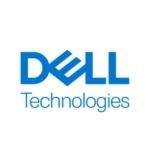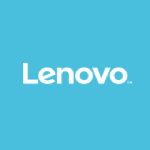The BladeSystems come with 16 blades in one chassis. This gives us a central location to manage all our HPE blade servers. We already apply a virtualization hypervisor layer on it, like Microsoft.
I would especially like to see a hyperconverged solution from HPE. With technology becoming faster and faster, and everything going to the cloud, I think cyber convergence is very good.
I’m fine, you know. I think there is no need to improve it.
Honestly, it's very stable. There have been no issues with it during the past five years. It's very, very good. That’s why we would like to expand our data center now to buy many enclosures to accommodate the demands of what we have right now.
It is scalable. I think that it is like HPE Virtual Connect Enterprise Manager Software. You can configure the network from a central location for all enclosures. We have more than four or five enclosures. That is very good for us.
That's why I would recommend having one stack of vendor products. For example, we have HPE blade servers, some network devices, and some switches. This way, you can integrate and monitor the health status for all enclosures from a single monitor. You are alerted if any failure occurs. That makes our life easier in IT; so it's good.
I wasn’t involved in the initial setup, but my colleague says that it was good.
We compared HPE blade servers with Cisco blade servers. Cisco is good, but expensive. I don’t have experience with them, but one of my friends has it. Later, they decided to go with HPE.
From our perspective in IT, you should look for the solution which fits your needs. It doesn't matter who the vendor is; but if you go with HPE, they have a lot of good experience in data centers.
We decided to go with HPE blades and enclosures. They are very powerful and they fit our needs. HPE fits our needs, especially because they also have the back-end storage, like 3PAR.
I recommend having a full stack with a single vendor, so you only have to deal with one company for support.
Now our company is thinking about buying new servers. It's called HPE Apollo, I think. It's in progress. It's very good. I hope we will get more experience with HPE, especially from a training perspective.
We were looking for stability. It's very powerful. It has huge resources. You can customize it as you like, and it fits our needs. Of course, it takes up little space. It's one rack in which you can put three enclosures. You can build your entire data center in one rack. It's very good.
Since I joined my current organization four years ago, HPE did an amazing transformation of our data center. Everything there is an HPE product from A to Z. It's an end-to-end solution, including the hardware, networking, software, and everything. We are very comfortable with it. In five years, we haven’t faced any issues with it. It's very good.










